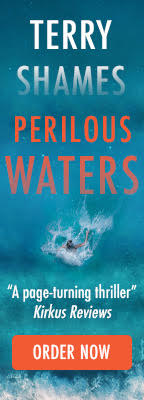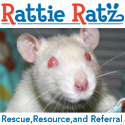by Diana Hockley
On Sunday, May 27, I accompanied a friend who runs Destiny Donkey Rescue, to the service commemorating animals in war and the unveiling of the first memorial dedicated to animals serving in war. We took two donkeys, Henry – who carries the colors of the Medical Corp, awarded to him by Australia’s Governor General in a ceremony in 2011 – and Wombat. We were privileged to join members of the Light Horse, mounted police and air force, army explosives detector dogs, police dogs, a ram mascot and two pigeons that attended the moving service arranged by the Returned Servicemen’s League (RSL).
We humans are good at exploiting animals; after all we’ve had plenty of practice over millions of years. We’ve eaten, raced, ridden, driven and expected them to save us in wartime, rarely with any thanks for their sacrifices.
Approximately 400,000 horses left Australia’s shores and only one has ever returned. One of our most famous icons, Simpson’s donkey, vanished into history with little knowledge of what happened to it. Some say there were several donkeys that carried wounded soldiers down the mountains at Gallipoli in World War 1. It is believed that over 80,000 donkeys and mules were commandeered by the army during the wars in which Australia played a part.
Australian carrier pigeons were among the first animals to be awarded the Dickin Medal, the VC for animals. Since that time, animals used by the Australian services were never allowed back into the country owing to quarantine regulations. This horrendous practice was changed in 1993, when a public outcry ensured that explosives detection dogs working Mogadishu, Somalia, were returned to Australia. At this present time, mules and donkeys are still used in the mountainous areas of Afghanistan. Military working dogs are the predominate animal used in combat and two of these have taken their place in history, Sarbi and Herbie who were explosive detector dogs.
Sarbi went missing after an enemy engagement in Afghanistan and was rescued by an American soldier some fourteen months later. She has since been retired from duty and is living with a family in Queensland. Herbie died with his handler and a fellow soldier when a bomb which he discovered was detonated from a distance by mobile phone. Herbie’s ashes were returned to his handler’s widow in a ceremony at the barracks in Brisbane and a memorial has been erected to him and his handler, Sapper Darren Smith, outside the RSPCA headquarters.This year, the air force dogs joined the march on Australia’s most sacred occasion, Anzac Day. Next year it is expected that other military animals will be included owing to the dedication of many people.



















Excellent article. So glad that the animals are finally getting credit for their sacrifices. Would that we could make a world where those sacrifices are not needed.